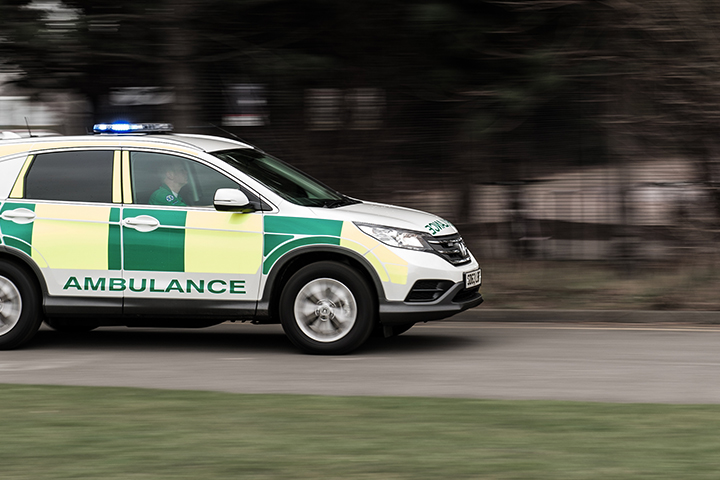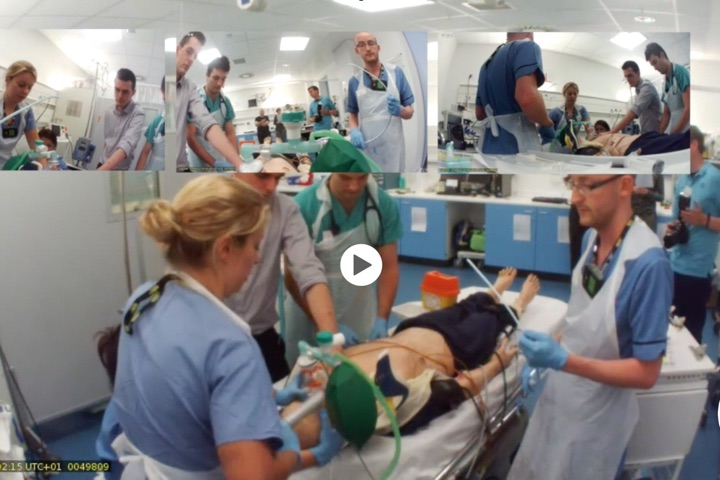Public Access Defibrillators
Public access defibrillators, available to untrained bystanders are one possible solution to the problem of facilitating cardiac rhythm analysis and dc countershock as soon as possible after the diagnosis of cardiac arrest. Early defibrillation using a PAD can be strikingly successful, but most areas still see very low rates of utilisation of PADS before EMS arrival. This has led some investigators to conclude – somewhat nihilistically – that in a country the size of Scotland, widespread deployment of fixed PADs is unlikely to represent value for money.
Our project funded by the Scottish Government is building on the expertise of Canadian collaborators Steven Brooks (Queen’s University, Ontario) and Timothy Chan (University of Toronto).
Some key questions:
- What is the most/minimum effective PAD placement strategy for fixed public access units e.g. ‘number needed to save a life’?
- What is the economic cost vs benefit of such a PAD strategy?
- What is the most effective way of getting the public to use PADs?
We will use mapping visualisations of historic OHCA data to attempt to answer these questions, and develop recommendations for a ‘PAD optimisation strategy’ in Scotland.
Find out more:
- C. L. F. Sun, S. C. Brooks, L. J. Morrison, T. C. Y. Chan, “Ranking businesses and municipal locations by spatiotemporal cardiac arrest risk to guide public defibrillator placement,” accepted to Circulation, 2017.
- A. A. Siddiq, S. C. Brooks, T. C. Y. Chan, “Modeling the impact of public access defibrillator range on public location cardiac arrest coverage,” Resuscitation, Vol. 84, pp. 904-909, 2013.
- T. C. Y. Chan, H. Li, G. Lebovic, S. K. Tang, J. Y. T. Chan, H. C. K. Cheng, L. J. Morrison, S. C. Brooks, “Identifying locations for public access defibrillators using mathematical optimization,” Circulation, Vol. 127, pp. 1801-1809, 2013.




